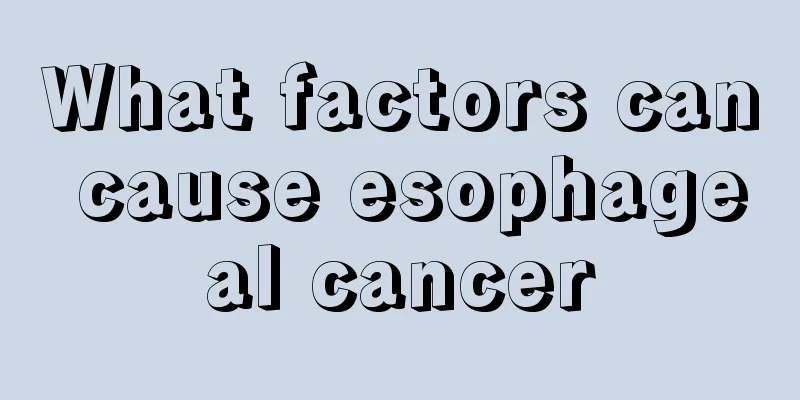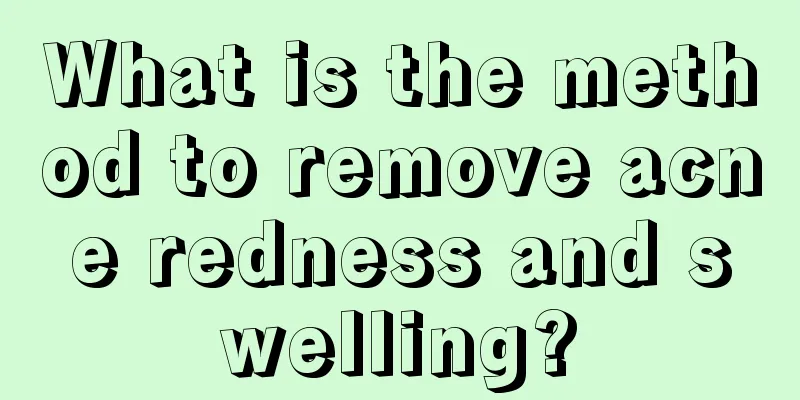What factors can cause esophageal cancer

|
The exact cause of esophageal cancer is not yet fully understood. It is generally believed that it may be related to people's living environment, eating habits, lifestyle and other factors, and is the result of the combined effect of multiple factors. (I) Nitrosamine compounds In recent years, experiments have shown that there are more than 20 types of nitrosamines that can induce esophageal cancer. These substances exist in certain foods, vegetables and drinking water. They can also be formed in the body and outside the body. For example, the sauerkraut commonly eaten by residents in Lin County, Henan Province, contains a very high content of nitrite. (II) Carcinogenic effect of molds Moldy food can induce precancerous lesions or squamous cell carcinoma of the esophagus and forestomach of rats or mice. From these moldy foods, Geotrichum candidum, Scutellaria jaundice, Rhizopus and Cladosporium can be isolated, all of which can induce animal tumors. These molds have a synergistic effect with nitrosamines in promoting cancer. Data from a survey of some esophageal cancers in China show that residents in high-incidence areas eat more fermented and moldy foods than those in low-incidence areas, such as fish sauce commonly eaten by residents in Chaoshan, Guangdong. (III) Lack of trace elements: According to a survey, the content of molybdenum, zinc, copper and nickel in the human body's external environment in areas with a high incidence of esophageal cancer in China is relatively low. (IV) Eating habits: Physical stimulation of food such as heat, roughness, hardness, smoking, drinking, and nutritional deficiencies seem to be related to the occurrence of esophageal cancer. (V) Genetic susceptibility: Families with a high incidence of esophageal cancer can be found in both high- and low-incidence areas of esophageal cancer. This indicates that there is a clear familial clustering phenomenon. However, it is still unclear whether this familial clustering phenomenon is caused by genetic factors or because family members have been exposed to the same environmental carcinogenic factors for a considerable period of time. (VI) Precancerous lesions of the esophagus: Chronic esophageal inflammation, reflux disease, achalasia, iron deficiency dysphagia syndrome, scar stenosis, leukoplakia, etc. may lead to cancer. |
<<: To prevent and treat ovarian cancer, we must focus on early detection
>>: Early diagnostic criteria for esophageal cancer
Recommend
The small pit under the front bone of the calf
The phenomenon of a small depression on the front...
What are the causes of liver cancer? 7 common folk remedies for treating liver cancer
Everyone should know that liver cancer is a disea...
Should I puncture the abscess after tooth inflammation?
We need to eat some food every day. Only through ...
How much milk should be put in a bath
If the family is financially well-off, they can t...
How to choose the best papaya
As we all know, papaya has a very short shelf lif...
How to prolong life after having lung cancer? This can maximize the life expectancy of lung cancer patients
Although everyone wants to live a long life, once...
When is the best time to take probiotics
Babies are in the growth and development period, ...
What are the symptoms of pollen allergy? Symptoms of pollen allergy
Some people will experience symptoms of pollen al...
How to use a tea maker
A tea maker is a special tool used to make tea. I...
Follow the experts to learn about the treatment of melanoma
It is important for everyone to understand the tr...
What are the effects and functions of mung bean mud mask
When it comes to mung beans, everyone may think o...
Seven favorite places for couples to do "that kind of thing"
Today's couples are actively exploring new an...
What is the indicator of creatinine
When a person goes to the hospital for treatment ...
Zongzi can be heated in the microwave
After the rice dumplings are wrapped, they need t...
How to make beans wrapped in noodles
Green beans are also called cowpeas in some areas...









